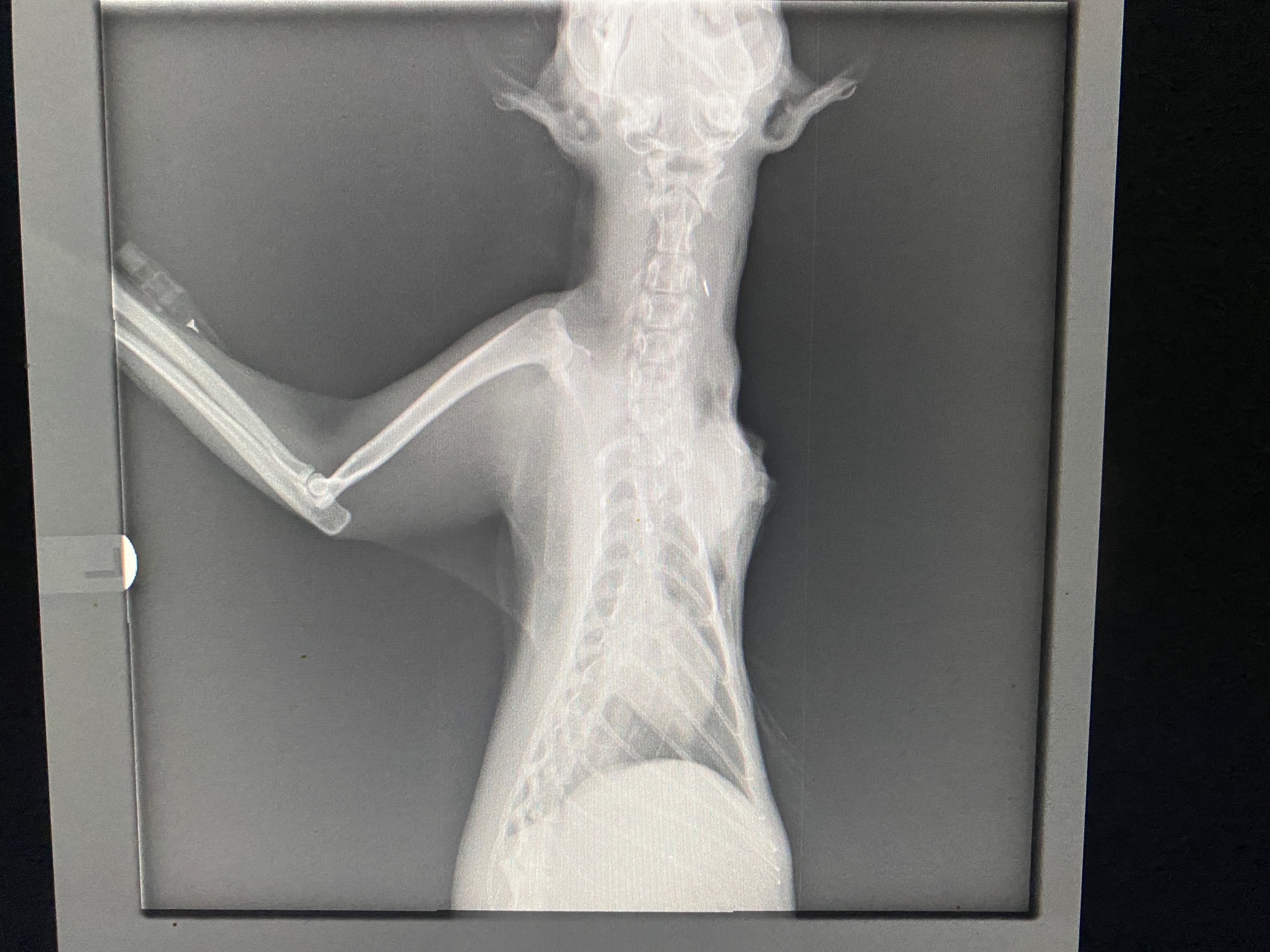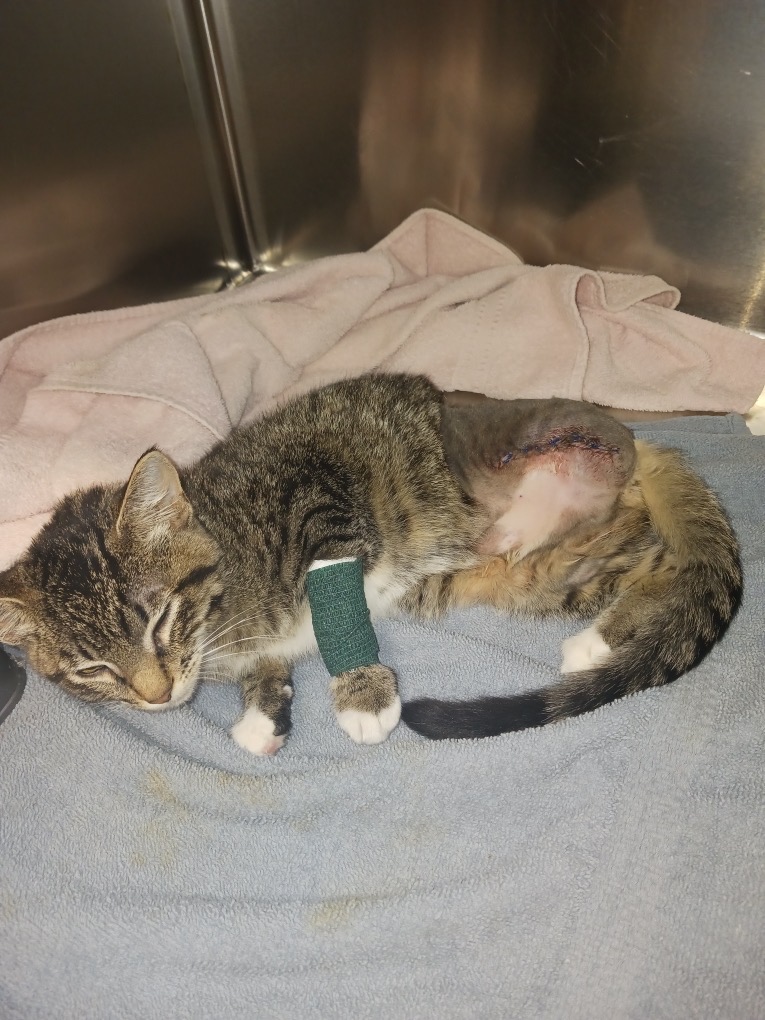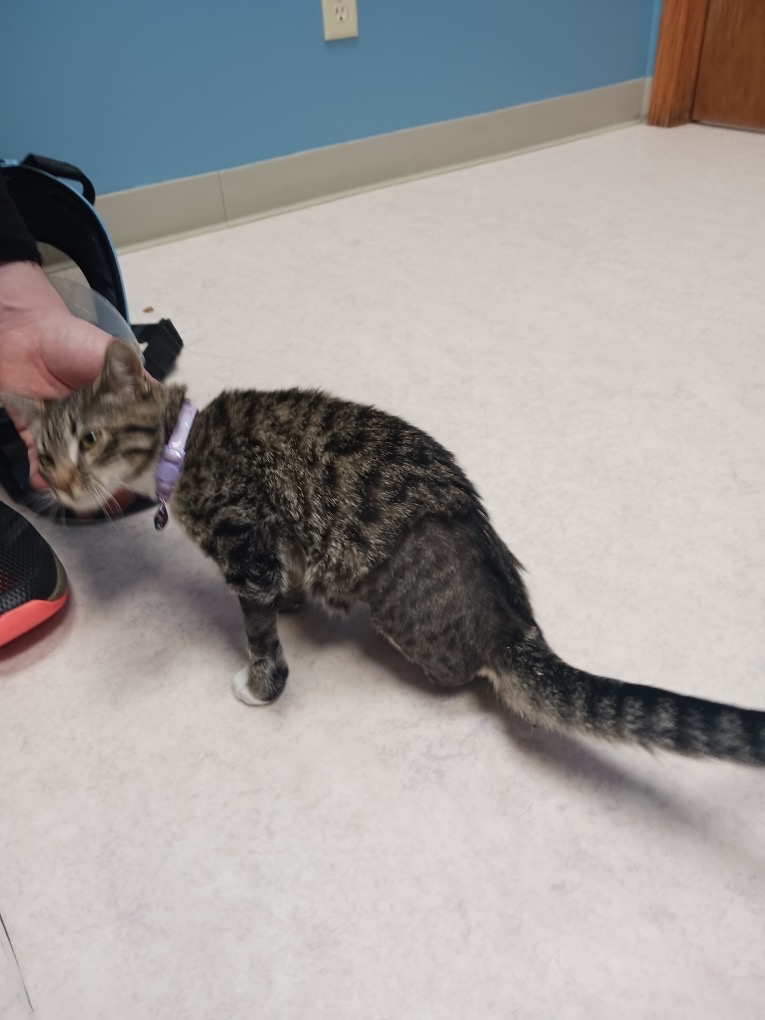Contact Us!
Amputation
Animal Doctor provides amputation surgery for dogs and cats. We accept referrals and provide second opinions.
Description: Animal Doctor provides amputation surgery when it is indicated for your dog or cat. If the limb, toe, tail, or ear flap has a potentially life-threatening or severely decreased quality of life inducing infection, mass, trauma, or developmental defect.
Symptoms: Painful masses or swellings; necrotic, severe infections; malformations of limbs causing severely decreased mobility or pain; bleeding tail tip (happy tail)
What to look for: Masses, infections, swellings (firm or soft), severe pain, progressing lameness, bleeding from the tail tip.
How does it happen? Amputation is indicated if there are no alternatives to saving the pet’s life or improving the quality of life of the pet and owner.
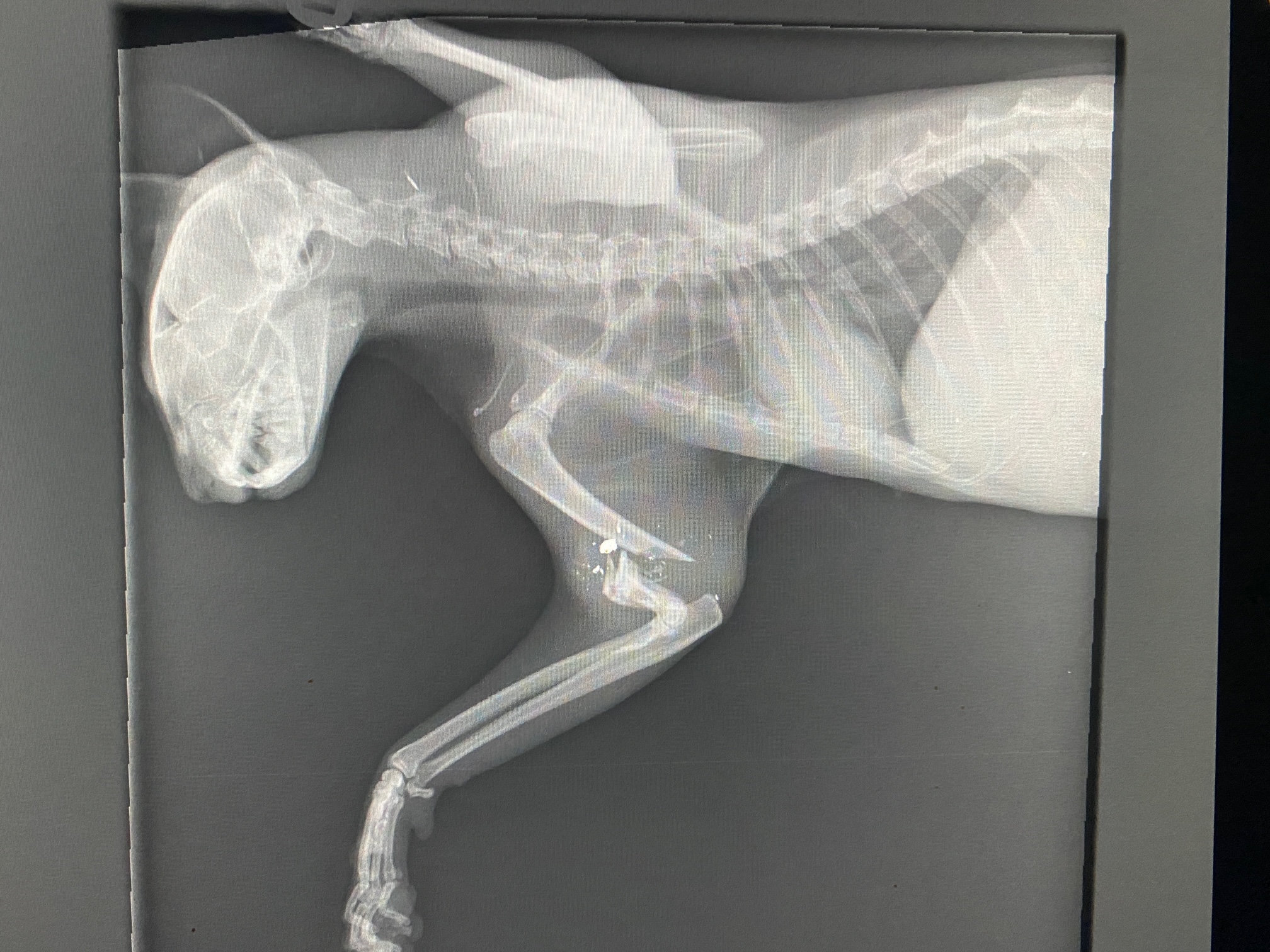


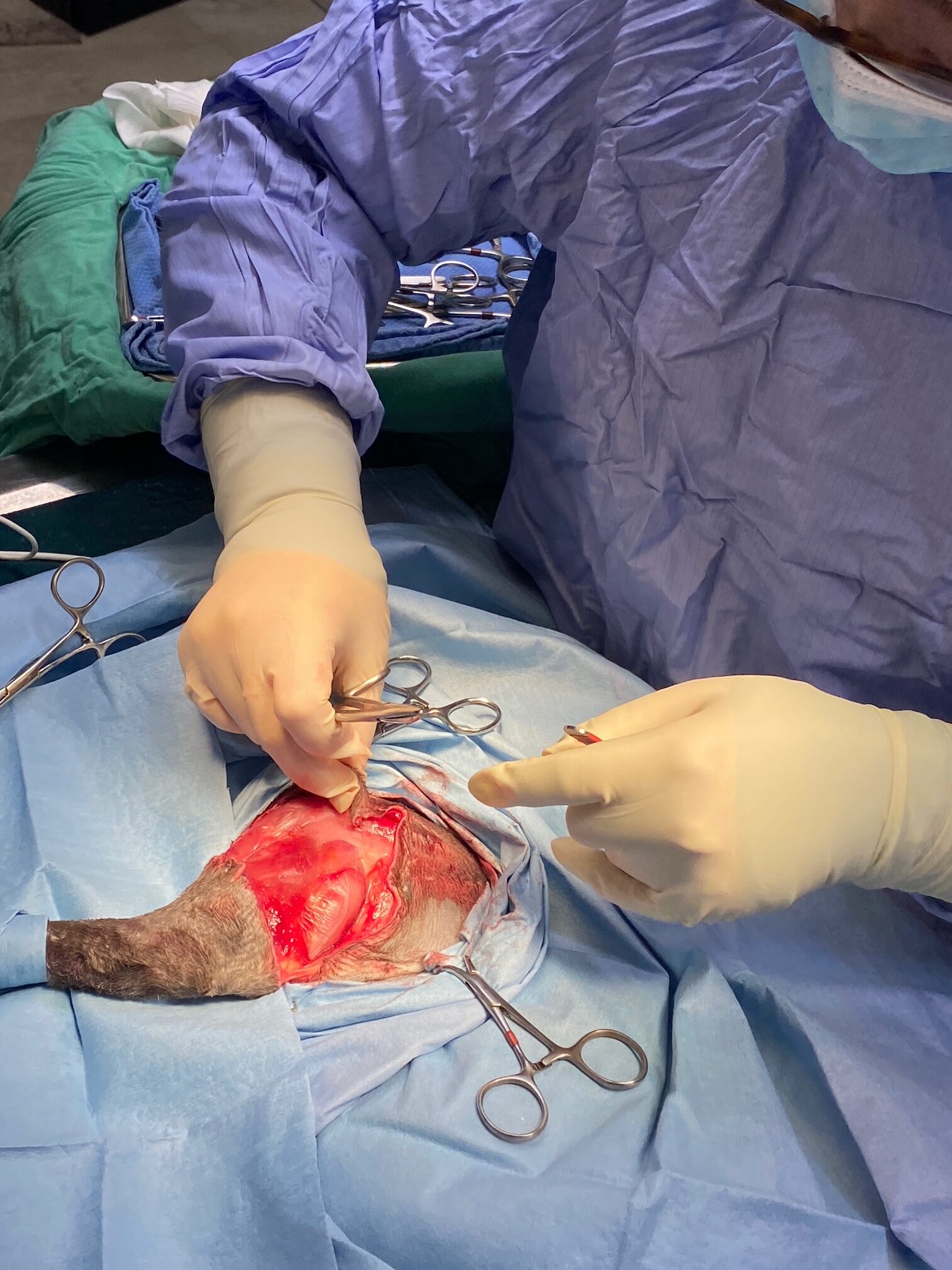
What questions do we ask?
- Where is the mass/swelling located?
- Describe any changes that you have noticed over time? When did you first notice it?
- Has the mass ever been evaluated? If so, was an aspirate or histopathology performed?
- How long have you noticed the limping?
- Which leg(s) are affected?
- How often does he/she limp? Is it worse at a particular time of the day?
- History of trauma?
- Where is the wound located? When did you first notice it?
- Any history of trauma? Do you know how it happened?
- Describe the wound and any changes that you have noticed over time?
- Describe any discharge or odor associated with the wound.
- Any recent changes in appetite, thirst, or urination?
- Any recent changes in activity level? Any lethargy noted?
What are the steps we take to treat your pet?
-
We take a complete patient history, evaluate any blood or urine testing, x-rays, culture results, or histopathology results when indicated, then formulate a treatment plan.
How do we arrive at a diagnosis and appropriate treatment plan?
- We arrive at a diagnosis and treatment plan through a complete patient history, testing results, and taking into consideration the patient’s age and health status.
Animal Doctor Amputation potential treatment plans?
Oral medications
-
We may prescribe oral antibiotics, oral pain / anti-inflammatory medications, oral chemotherapeutic medications, oral steroids (like prednisone), based on the primary diagnosis / concern.
Injections
-
We may give injectable antibiotics, pain / anti-inflammatory medication, or anti-nausea medications.
Topical Medications / Treatments
- There may be splints or casts applied or bandaging when indicated.
- Topical ointments or lotions may be indicated as well.
Animal Doctor Amputation Surgery
